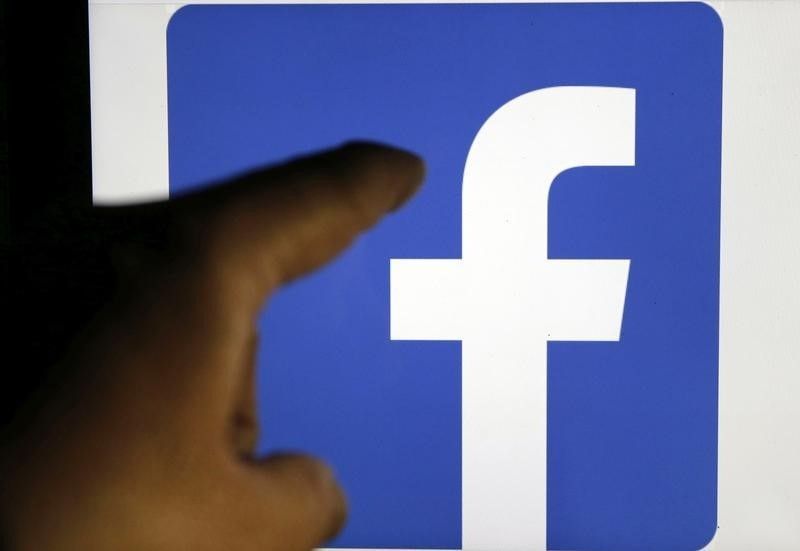
Updated | In this world of Wi-Fi, cell towers and satellite communication, it may seem odd that we still need giant cables, dragged across the bottom of the ocean floor, to connect continents. But we do. In fact, we don't have enough of them.
Which is why Facebook and Microsoft announced on Thursday they're putting down a trans-Atlantic cable from Virginia to Spain to aid their cloud and internet businesses.
Microsoft and Facebook are calling the cable MAREA, the Spanish word for tide, and once it's finished, in late 2017, the cable will run for 4,100 miles under the ocean. "MAREA will be the highest-capacity subsea cable to cross the Atlantic (at least for the time being)," according to a press release. It will transmit 160 terabytes in a second, an amount equal to the capacity of almost 35,000 DVDs.
"Facebook wants to make it possible for people to have deep connections and shared experiences with the people who matter to them most—anywhere in the world, and at any time," said Najam Ahmad, a Facebook representative.
It may seem like the world's information pipeline is increasingly wireless. But even with the rise of satellite communication, cables are still the cheapest and most-used method of transmitting information. The world, and the internet, depend on these thick cables, which run under nearly every ocean and connect almost every continent (sorry, Antarctica).
But laying them out on the ocean floor isn't easy. Anchors can break them and so can sharks, which is why the companies involved tend to bury them in sand. "The ocean floor has tall mountains (seamounts), deep valleys, soft muddy areas and hard rugged areas," says Erika Koga, a systems engineer who works for NEC. "We need to be careful and make sure that the submarine cable runs on a flat seabed as much as possible while passing around sunken ships and other obstacles."
The first cable was laid 158 years ago. The technology was new and used copper lines instead of today's glass fiber. Early engineers actually burned the cable out in just a few weeks by passing too much current through it.
Today, cables may serve as the internet's backbone, but they're not perfect. Edward Snowden's NSA documents show they're vulnerable to spying. And there's still value in having your own cables to ensure your data moves before anyone else's. What we demand of the internet is growing almost exponentially, and we're going to have to find a way to keep the information flowing when every fridge in the world is talking to phones over internet protocol.
Facebook and Microsoft's move shows they're ready to move into the real world, much like Google, to keep their products from lagging behind.
Correction: This article orginally said the cable would transmit 160 terabits a second. It will transmit 160 terabytes in a second, an amount equal to almost 35,000 DVDs.
Uncommon Knowledge
Newsweek is committed to challenging conventional wisdom and finding connections in the search for common ground.
Newsweek is committed to challenging conventional wisdom and finding connections in the search for common ground.
About the writer
To read how Newsweek uses AI as a newsroom tool, Click here.








